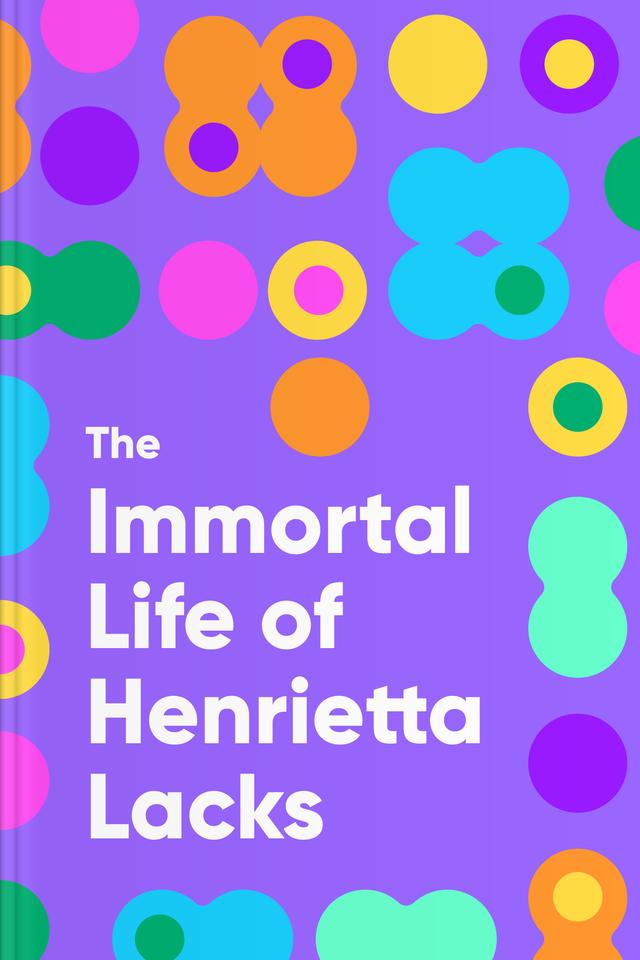You’ll learn
- What makes HeLa cells unique
- What ethical battles emerged from HeLa
- Who champions Henrietta’s enduring legacy
- How Henrietta changed science
russia has launched a full-scale war in Ukraine. Donate to support Ukraine and protect the world’s peace.

first KEY POINT
An obscure woman has imparted almost every living human’s life but is mostly unknown — at least not by her name and the personality that her life symbolized. Her name was Henrietta Lacks, known to the medical world as HeLa — the moniker given to the living cell samples cultured from her body.Rebecca Skloot, as a teenager, first learned about HeLa cells and its source, Henrietta Lacks, in high school. Having missed Biology class in the first year of high school, she had to take a freshman course in Biology at the community college. During one of the classes, the professor in charge, Donald Defler, alluded to HeLa cells to explain cellular reproduction. Defler was aware that HeLa cells came from a Black woman named Henrietta Lacks. Other than that, he did not know anymore, neither cared to find out.Defler explained during that class on cellular reproduction that several medical discoveries and innovations are a product of research performed on HeLa cells. Hearing this intrigued Skloot and prompted her investigation into the life and times of Henrietta Lacks. After high school, Skloot proceeded to earn a college degree in Biology, in the process of which she ubiquitously encountered HeLa cells. Skloot didn’t miss out on any opportunity to learn more about Henrietta. It all seemed to Skloot like Henrietta’s story was a chasm that needed to be filled. She was finding it difficult coming to terms with the world, not knowing a woman whose cells have brought so much medical innovation to humanity.
Before long, Skloot found herself collecting magazines, newspaper clippings, online articles, and anything that mentioned HeLa cells and their original carrier. Many of these sources bore information that was a caricature of reality. Some publications even got her name wrong — calling her Helen Lane. There were several published interviews of the Lacks family members, most of which indicated displeasure with their moral and financial exploitation. Some research institutes were making money from reproducing Henrietta’s never-dying cells and selling them in vials.It is interesting how much of an impact a seemingly unimportant individual could have. This summary will help you understand how priceless human life can be.
second KEY POINT
Skloot proceeded to graduate school, where she studied writing. In the process, she approached the Lacks family members for their account of the circumstances around Henrietta’s death and what led to her cells to become a global medical research specimen. Initially, members of the Lacks family were reluctant to grant her an audience. At this juncture, Skloot intended to immortalize Henrietta and the HeLa cells. Upon learning this, Deborah, Henrietta’s daughter, committed to assist with her.Deborah was key to the possibility of interviewing many of the medical research personnel that was involved in the HeLa cell project. Skloot got the bulk of the firsthand information about Henrietta’s life before and right after diagnosis was obtained, thanks to Deborah’s cooperation.At age 30, Henrietta paid a visit to Johns Hopkins Hospital. She had noticed a lump around her left lower abdomen just a few months after giving birth to Deborah, her fourth child. Henrietta was a hardy woman who waited out ailments, expecting them just to fizzle away. Hence, after noticing the lump, she held off a postnatal visit to the doctor for extended periods. The visit became imperative when Henrietta noticed occasional streaks of blood staining her undergarment, even when it wasn’t time for her period.After a quick visit to the local doctor, Henrietta got a referral to Johns Hopkins, the top hospital in specialist medicine and the only one likely to attend to indigent and Black folks. Though Johns Hopkins was 20miles away from Henrietta and David Lacks’ home, they had no choice but to brave the journey. Howard Jones was the gynecologist that attended Henrietta at Johns Hopkins. He went through her medical history, starting with her maternity records. After examining the mass growing on Henrietta’s cervix, he took a tissue sample and sent it for a biopsy.

Continue reading with Headway app
Continue readingfirst KEY POINT
second KEY POINT
third KEY POINT
fourth KEY POINT
fifth KEY POINT